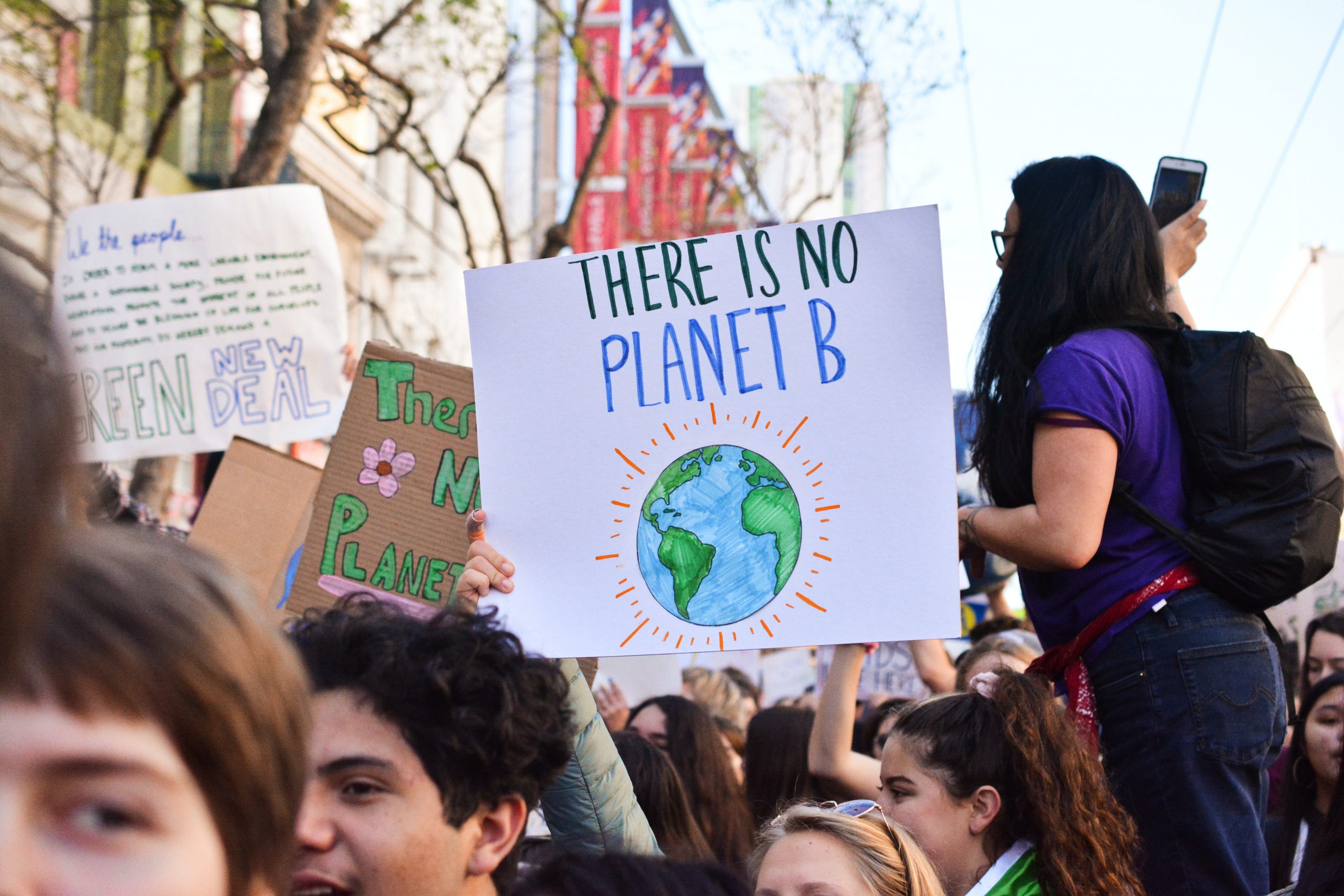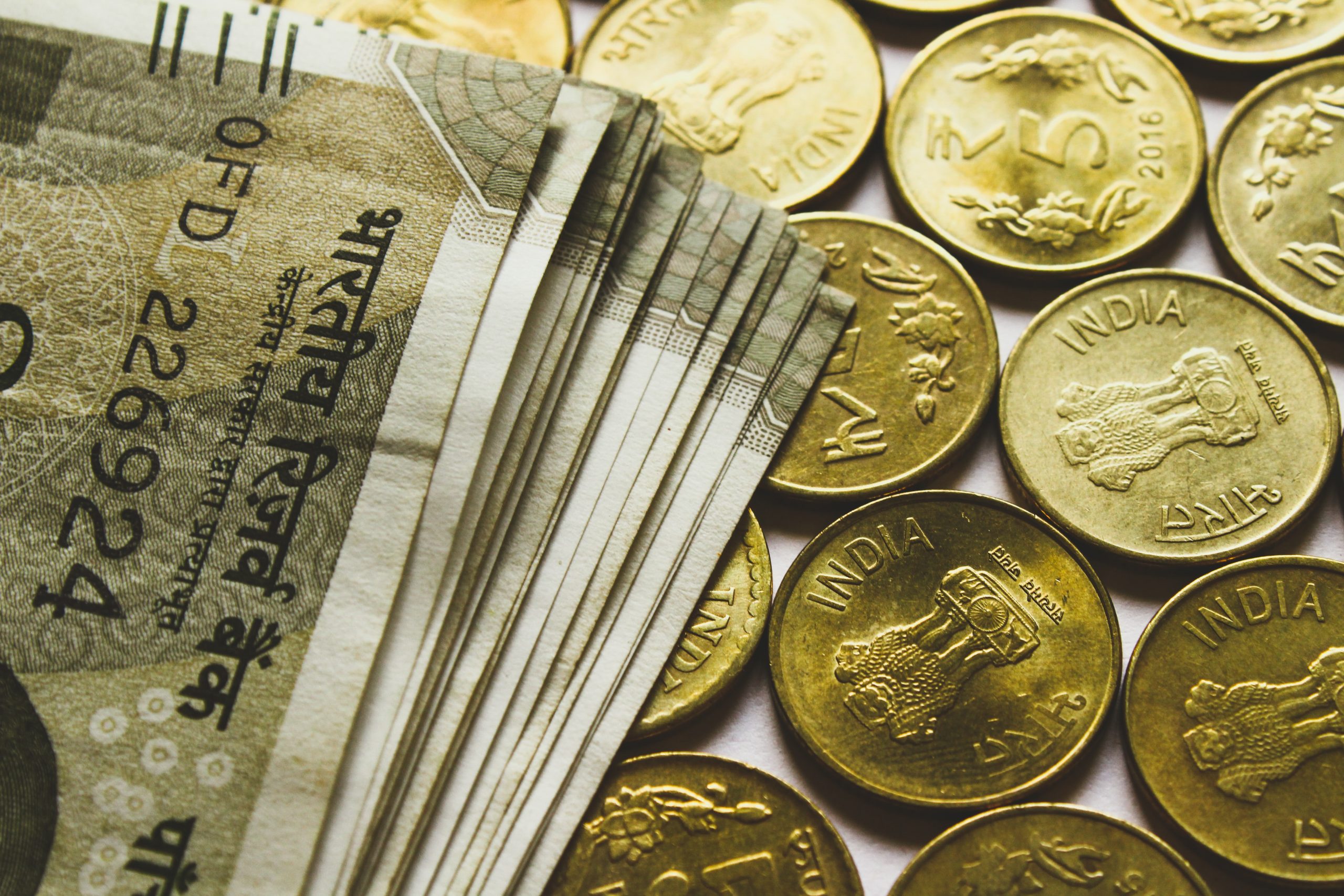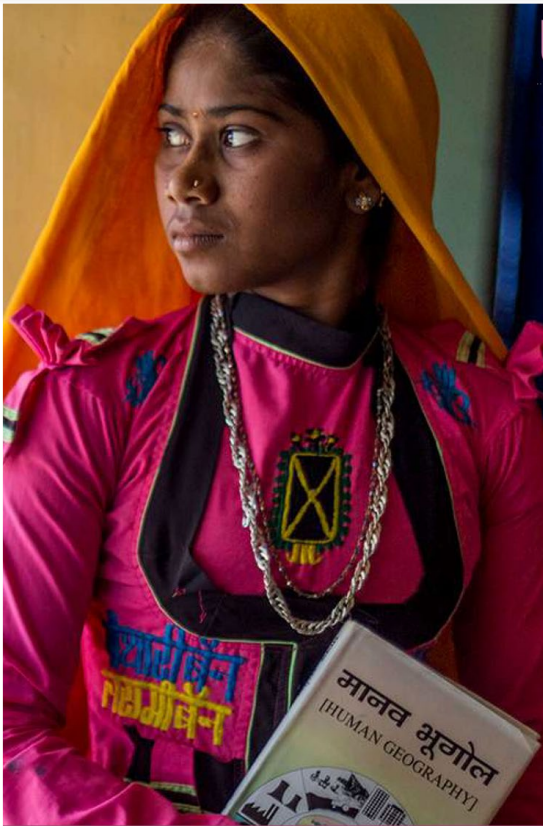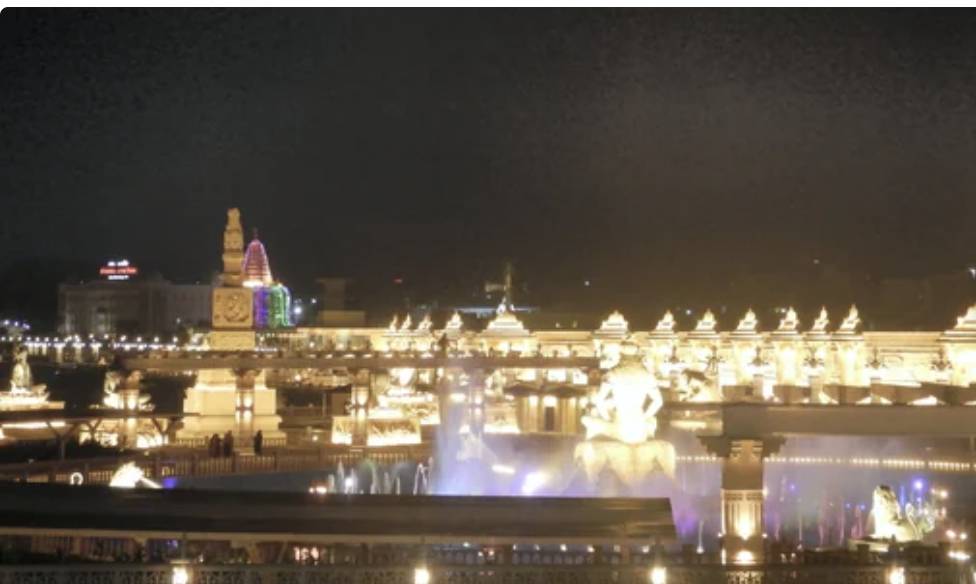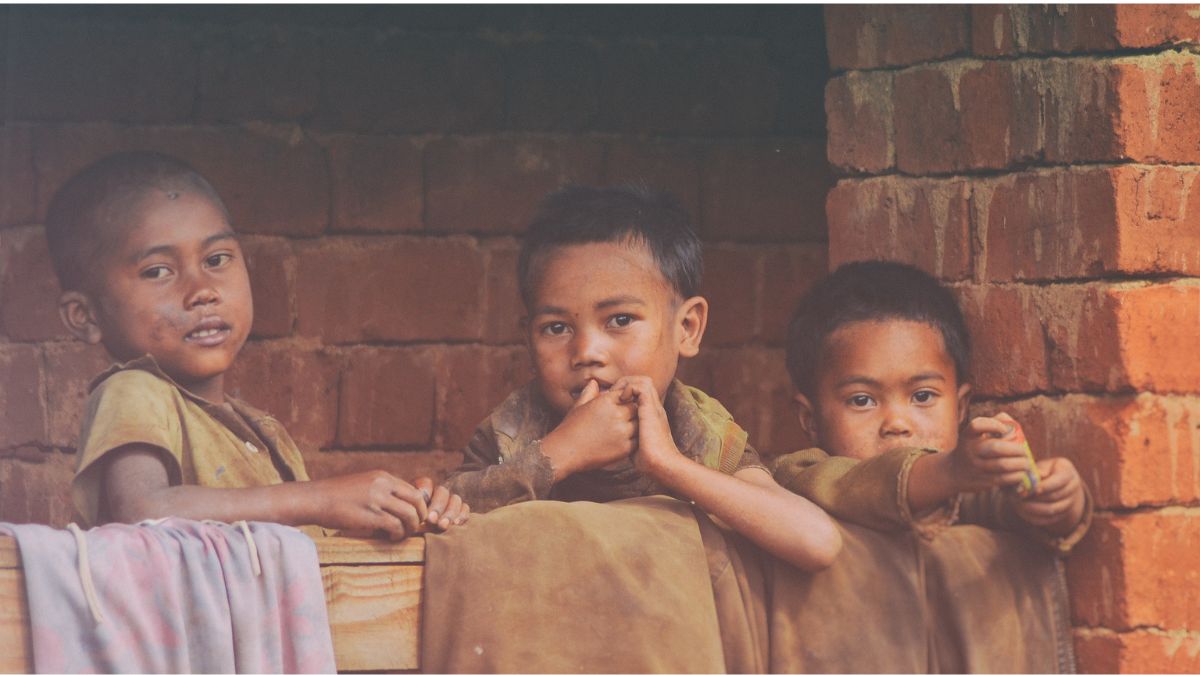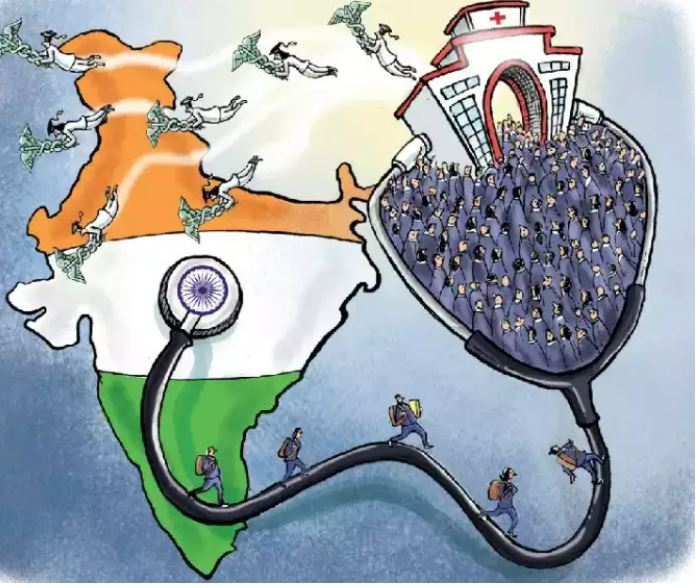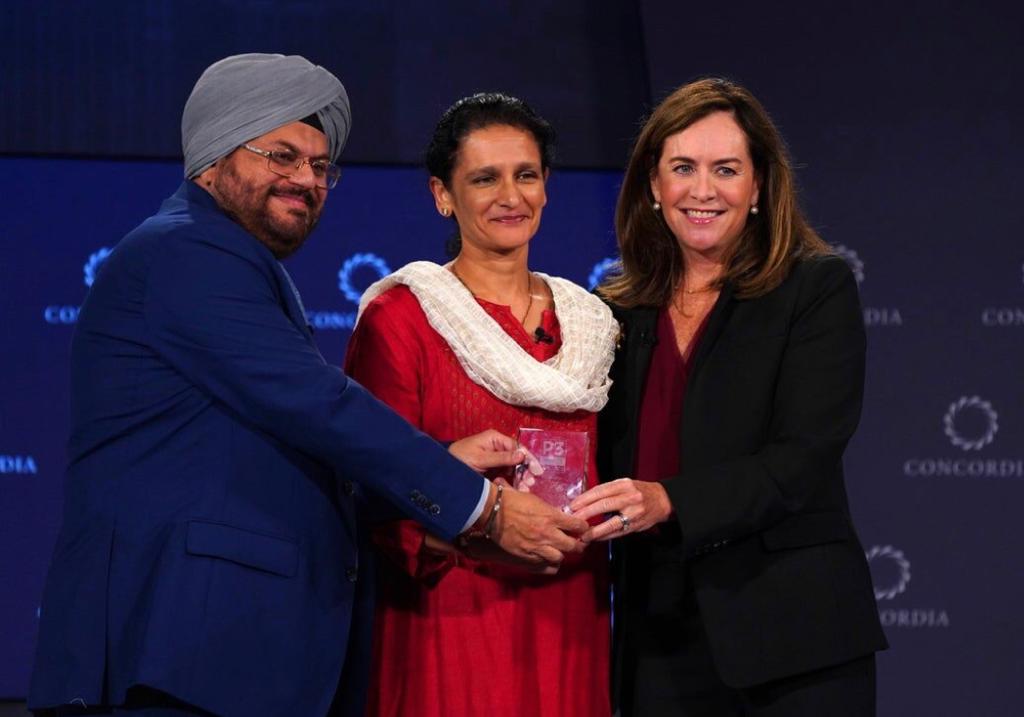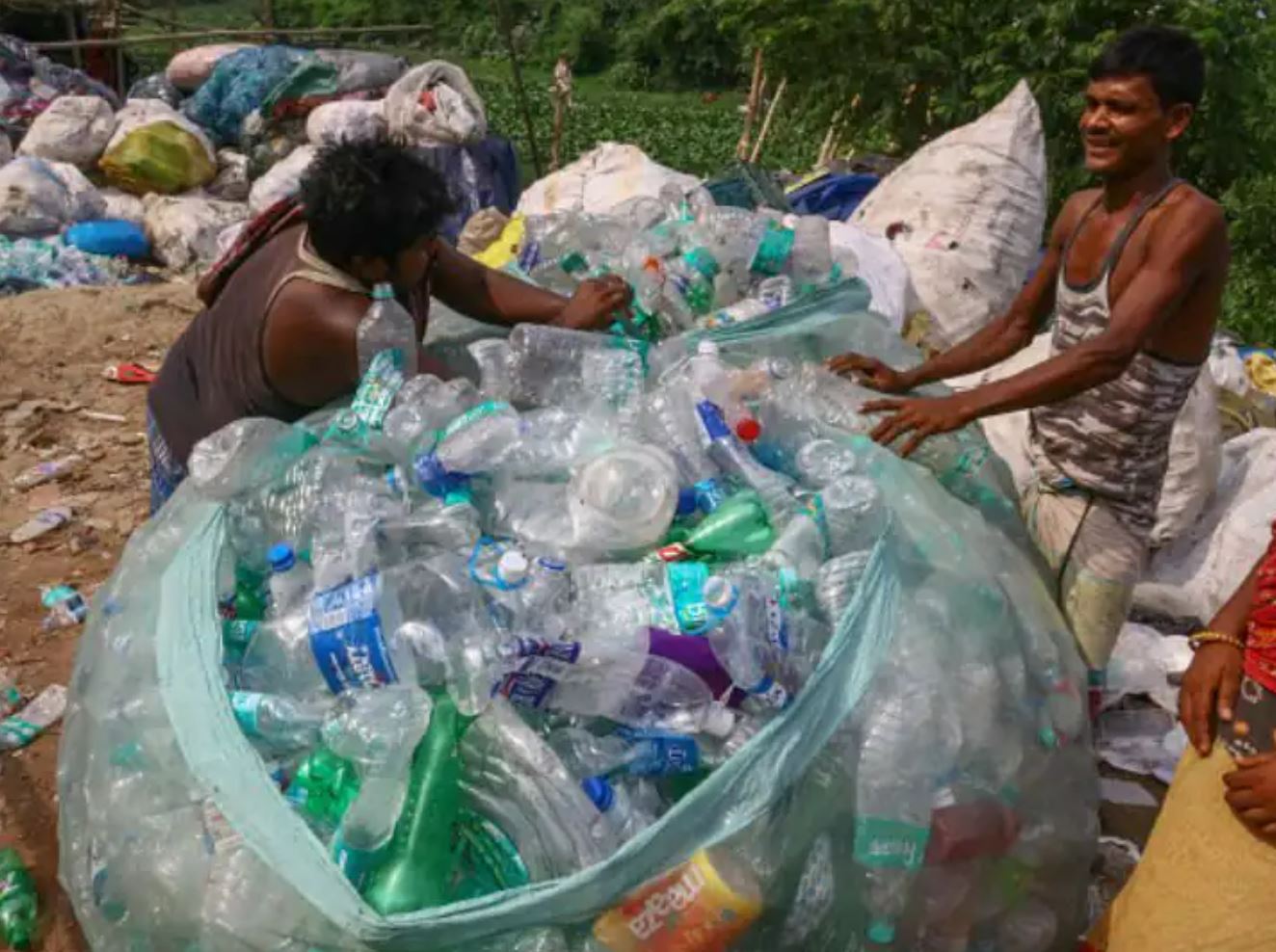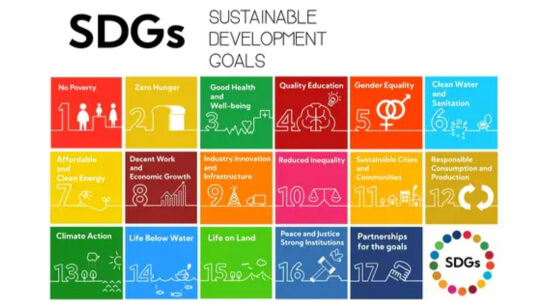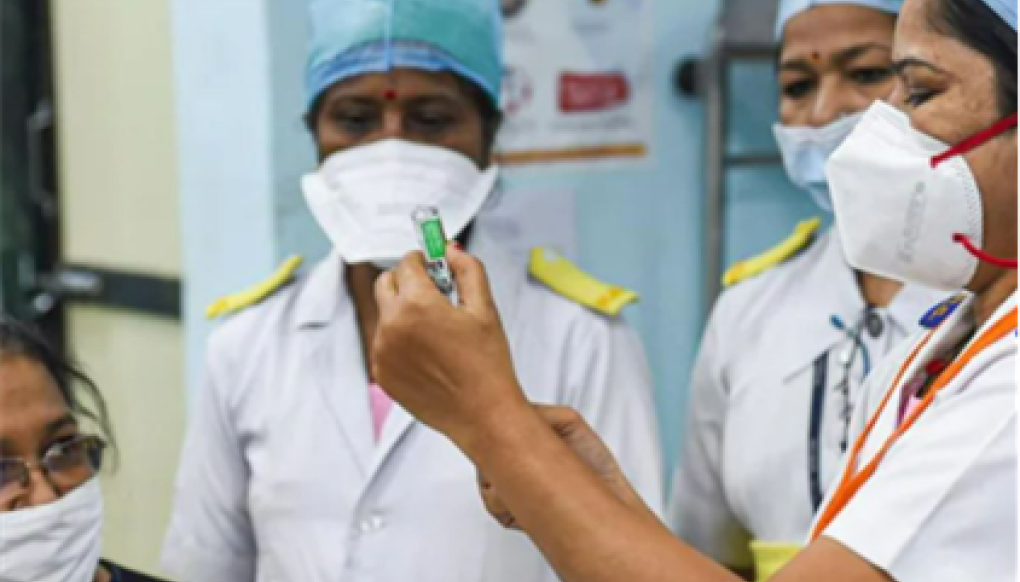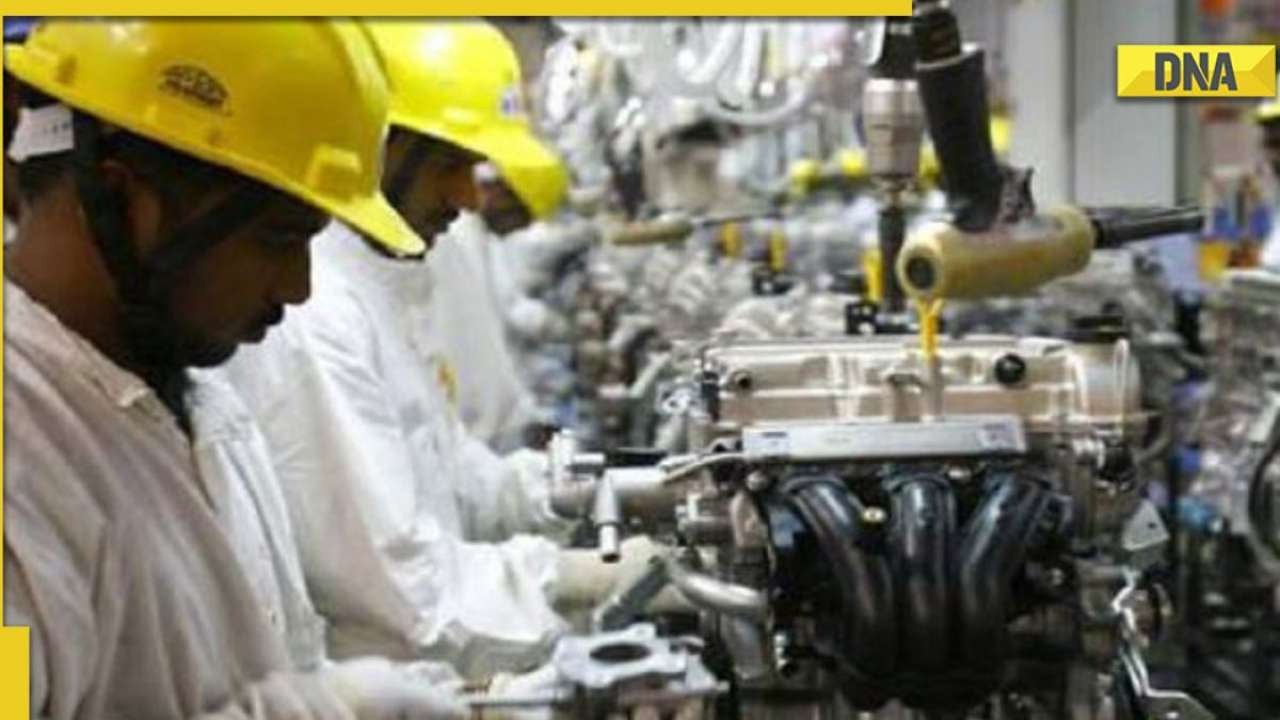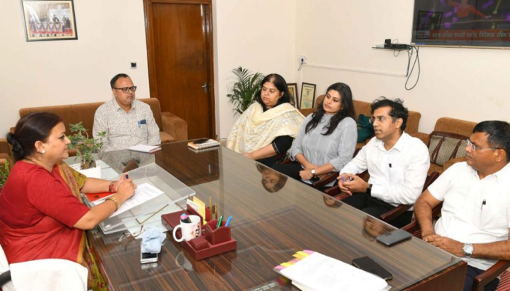The progress towards meeting the targets set by the Millennium Development Goals (MDGs) has been limited and uneven across the globe. Even though the targets set in 2000 in the form of MDGs were simple and smart, they did not fully represent the world’s view of development and its impetus. The failure in achieving the MDGs by the developing world has been seen by many as a failure of the countries as well as the goals themselves.
United Nations secretary-general Ban Ki-Moon links the lack of progress to “unmet commitments, inadequate resources, lack of focus and accountability, and insufficient interest in sustainable development” (UN, 2010). For various statisticians, economists and thinkers, the MDGs cannot be fully met because of how the goals were designed. Multiple authors call the goals “overambitious” or “unrealistic” and believe the MDGs ignored the limited local capacities, particularly missing governance capabilities.
1. India has a large population base: In general, most of the MDGs were set in ratio terms, which are difficult to achieve for a large country like India. For example, total population below poverty line in India is almost equal to the total population of Brazil and Mexico put together. So when we aspire to bring down poverty by 50 per cent, it is actually a greater number to be covered as compared to other countries.
India has made notable progress towards reaching the MDGs but achievements across the goals vary. According to the latest report by UN – India and the MDGs (2015), India has already achieved the target for reducing poverty by half and has already reached gender parity in primary school enrolment. India has met and is close to meeting goals 1, 3, 5, 6 and 7. However, it is far behind attaining goals 2 and 4 and components of goals 3 and 7. Progress in improving access to adequate sanitation to eliminate open defecation (goal 7) is dismal despite the efforts carried under the Nirmal Bharat Abhijan (NBA). The failure can be attributed to the uneven success rate of various national level schemes within regions and states owing to the vast disparities in urban local capacities and human development indices. India can improve performance by helping the weaker states emulate the good performers.
2. Insufficient funds: Though government has increased budgetary allocation for education, social welfare (through grand social programs like NREGA, mid-day meal schemes, Sarva Siksha Abhijan, Janani Suraksha Yojana, etc.), the amount is still not sufficient given the low base in earlier decades and huge targets to achieve.
3. Lack of jobs for the unskilled: One of the important reasons for not achieving MDGs in India is not creating stable incomes-generating or job opportunities for mass unskilled and low skilled population. One indicator, which tells the story of inequality and poverty in India, is that more than 55 per cent of the total labour force in agriculture is contributing to only 14 per cent of GDP, indicating that the rest of 45 per cent of the population enjoy 86 per cent of the country’s income.
One way to reduce incidence of poverty and inequality and to improve standard of living of the masses is to move people from agriculture to manufacturing and low-skilled service sector for productivity-led growth. Labour intensive manufacturing will provide stable job opportunities and thereby better standard of living. Two things that government needs to focus on include (a) mass manufacturing by investing in infrastructure and improving economic governance; and (b) providing vocational training and large-scale skill development programs for the masses. However, India has failed on both counts and thereby a large segment of the population continues to be in agriculture either unemployed or under employed with almost zero or negligible productivity.
What should India do to achieve post-2015 targets
Apart from focusing on strengthening the Indian manufacturing base, two key drivers which can help accelerate India’s development and achieve new targets Post 2015 are – (a) promote good governance and effective delivery of public services and (b) accelerate broad-based and employment creating economic opportunity both for men and women equally.
India plays a critical role by being the second largest populated country in the world, making it very a big player in the new post-2015 era. In fact, the new MDGs set out for sustainable development cannot be achieved without it. Subsequently, India’s experience in implementing the MDGs and formulating the SDGs can be of value to other emerging economies and developing countries through knowledge sharing and cross learning.





